Common keyboards contain switches distributed on a 2 dimensional grid which are continuously scanned.

(This is just an example. Do not assume this is the schematic of your keyboard!)
Therefore to remove 1 switch from the grid and re-purposes it requires adding wires across the columns and row such that the current path is not broken for the balance of the switches in the same column and / or the same row.
Almost all common (low price) keyboard are manufactured using thin plastic PCBs. Which makes this task very difficult. Take care not to effect the thin spacing maintained by the center plastic sheet.
Also is it possible to remotely access a key, for example let's take
the Enter Key through USB in case of laptop?
Common keyboards generate a unique code for each key press and key release. I believe this information is passed to the USB Host (the keyboard is the USB Device) using the USB HID protocol. If so, the HID device driver on the USB Host (your computer) is where these codes are turned into codes (likely ASCII) which then get passed to the applications (like word processors and spread sheets).
If you were going to intercept a specific key and act upon it you would have to decode the USB HID protocol inside the USB connection. Not a trivial task.
Consider using a COTS USB KVM switch with LEDs to indicate which computer it is connected to. Activate your power supply when the computer 1 LED indicator is on. Now use the KVM keyboard switch sequence to control power.

